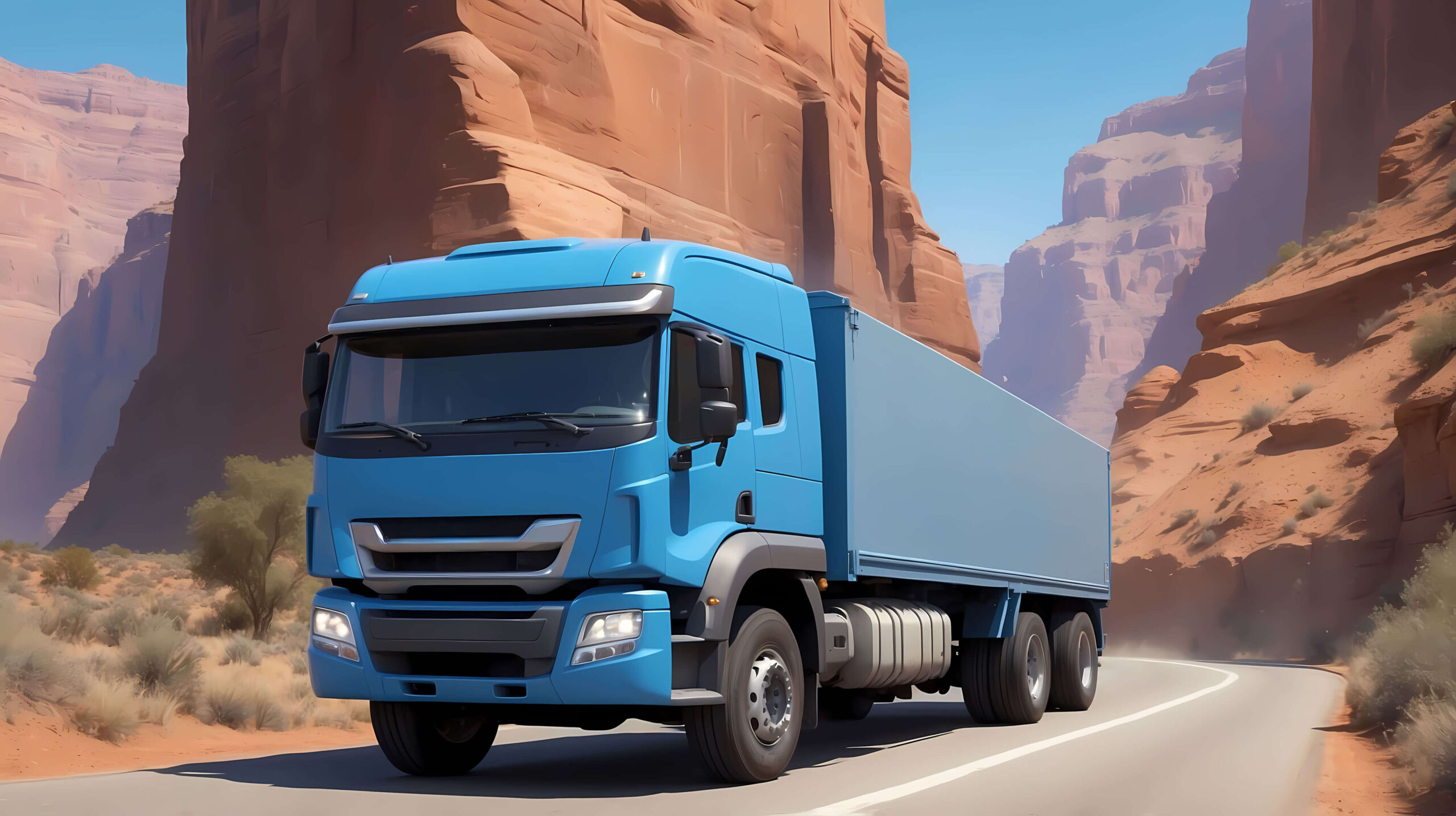1. Understand the GCC Market Dynamics
Before launching your distribution strategy, it’s essential to understand the unique economic and consumer behaviors of each GCC country — the UAE, Saudi Arabia, Qatar, Oman, Bahrain, and Kuwait. While they share cultural and regulatory similarities, each market has its own import policies, pricing expectations, and distribution channels. For example, wholesale distribution in Dubai differs significantly from that in Riyadh or Doha. Conduct market research to determine where your products fit, who your competitors are, and what type of consumers you’re targeting in each country.
2. Choose the Right Distribution Model
There are several ways to distribute your products across the GCC. You can work with local distributors, set up a trading company in the UAE, partner with retailers, or build your own distribution network. Many international businesses start by partnering with suppliers in the UAE, leveraging the country’s logistics infrastructure to serve the wider GCC region. Consider hybrid models where you combine direct distribution in some countries and third-party distribution in others. The goal is to find the most efficient and scalable way to move your products to end customers.
3. Establish Strategic Warehousing and Fulfillment
To serve multiple GCC countries efficiently, your business must have access to centralized storage and logistics. The UAE — particularly Dubai — serves as a regional logistics hub due to its advanced warehousing facilities, ports, and air cargo services. Setting up storage in Dubai allows for faster re-export, lower shipping costs, and simplified customs clearance. Investing in storage UAE and logistics solutions tailored to your product type ensures minimal delays and satisfied customers. Many companies use Dubai as a launchpad to reach Saudi Arabia and beyond.
4. Comply with Local Regulations and Standards
Each GCC country has its own set of compliance requirements, import documentation, and product registration rules. If your products fall under regulated categories (like food, cosmetics, electronics, or pharmaceuticals), you’ll need to meet standards set by bodies such as the Emirates Authority for Standardization and Metrology (ESMA) or the Saudi Food and Drug Authority (SFDA). Your trading license UAE or business setup in Dubai must include all necessary activities to avoid delays at customs and enable legal operations throughout the GCC.
5. Build Retail and Online Presence Across the Region
Once your backend logistics and compliance are in place, it’s time to focus on visibility and sales. Start by getting your products listed with retailers, hypermarkets, and e-commerce platforms that operate across multiple GCC markets. Participate in trade shows and exhibitions to network with buyers, wholesalers, and retailers. Local partnerships are key to penetrating new markets quickly. Additionally, invest in region-specific digital marketing campaigns to build brand recognition and drive consumer interest across Saudi Arabia, Kuwait, Qatar, and beyond.
Conclusion: Expanding your product distribution across the GCC is a strategic move that requires careful planning, strong partnerships, and a deep understanding of the regional market. With Dubai as your operational base and the right infrastructure in place, you can scale your reach and succeed in one of the world’s most dynamic trading regions.

